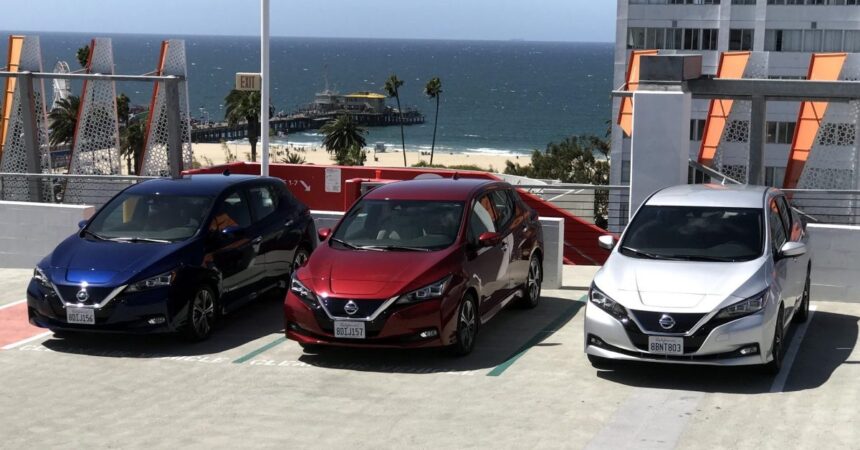The year 2026 is expected to bring about a significant shift in the used electric vehicle (EV) market. As EV lease returns are projected to surge, it is anticipated that there will be a 230% increase in electric vehicle lease returns in 2026. This surge is a result of the substantial growth in EV lease volumes over the past few years.
According to a report by J.D. Power, lease volumes for new EVs saw a significant increase of 355% in 2023 and 88% through September 2024. Franchise-only EV lease volumes, excluding Tesla, saw an even higher rise of 438% in 2023 and 109% through September 2024. As a result, returning EV lease volumes are expected to dip slightly in 2025 before spiking by 230% in 2026. This trend is contrary to the industry-wide trend where total lease volumes for gas-powered vehicles have been lower than pre-pandemic levels, leading to a likely shortage in used-vehicle availability in 2025 and 2026.
The surge in EV lease returns can be attributed to the federal Clean Vehicle Tax Credit, which allows auto dealers to pass along a $7,500 tax credit to all EV lessees. Nearly half of all franchise EV sales and 21% of total EV sales in 2023 were leases. This trend continued in the first nine months of 2024, with the lease share of total franchise and Tesla EV volume reaching 30%. On the other hand, lease volumes for gas-powered vehicles have been lower than pre-pandemic levels, creating a shortage in used-vehicle availability.
With a large number of EV leasers expected to return their vehicles and upgrade, there will be a surge of used EVs available for sale in 2026. This influx of used EVs is likely to put pressure on used EV prices, which have already decreased significantly. Tesla’s price reductions between 2020-2023 have contributed to the decline in used EV prices.
The expansion of the used EV market in 2026 is expected to provide more options for lower-income individuals looking to transition to electric vehicles. This shift towards a more mature used car market will play a significant role in the EV revolution, allowing more people to make the switch from gas-powered vehicles to electric ones. It marks a crucial step in making sustainable transportation more accessible to a wider range of consumers.







